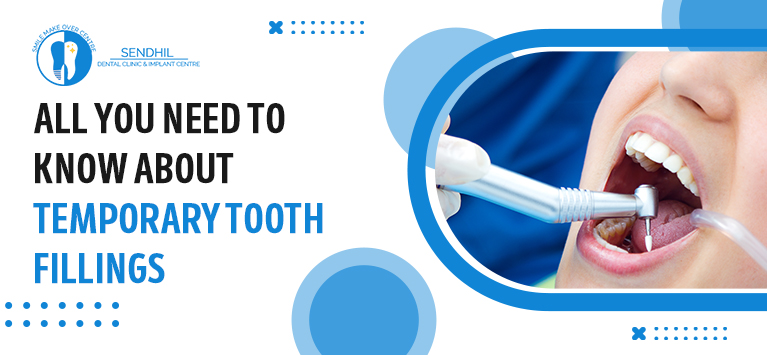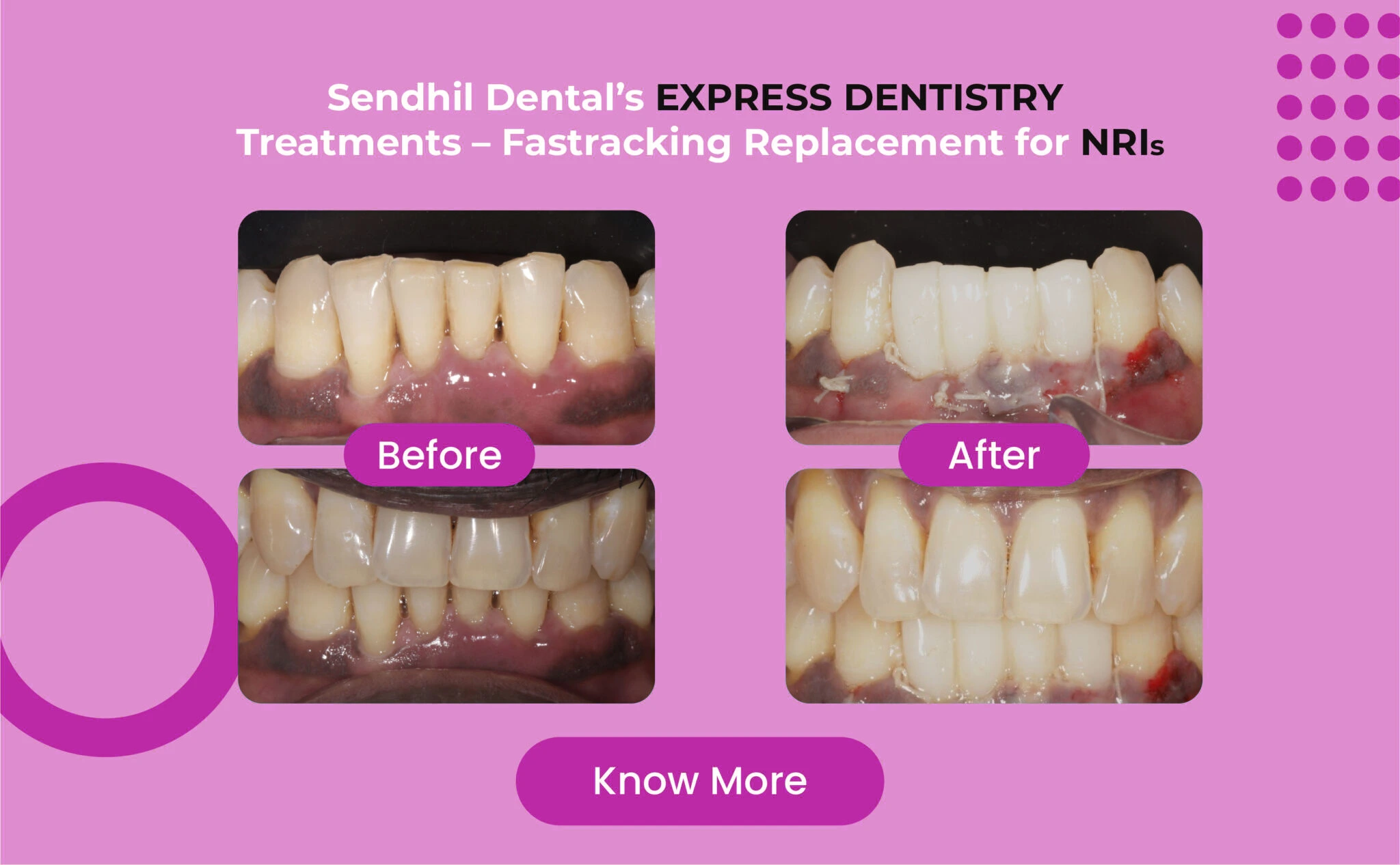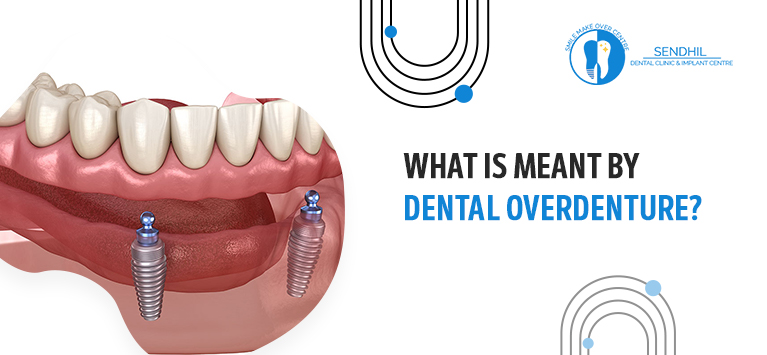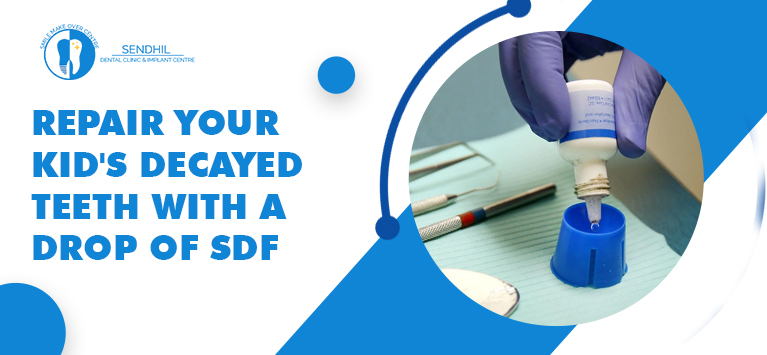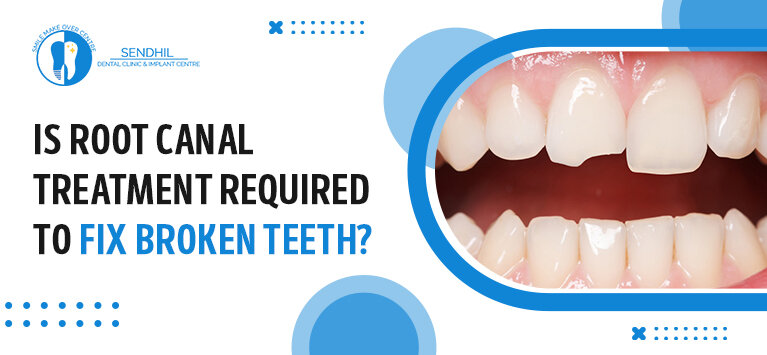What is Orthognathic Surgery?
Orthognathic surgery, also known as corrective jaw surgery is performed by an oral and maxillofacial surgeon (OMS) to correct a wide range of minor and major skeletal and dental irregularities, including the misalignment of jaws and teeth. It is done to improve chewing, speaking and breathing. While the person’s appearance may be dramatically enhanced as a result of the surgery, orthognathic surgery is performed to correct functional problems.
Following are some of the conditions that may indicate the need for corrective jaw surgery:
• Difficulty chewing or biting food
• Difficulty swallowing
• Chronic jaw or jaw joint (TMJ) pain and headaches
• Excessive wear of the teeth
• Open bite (space between the upper and lower teeth when the mouth is closed)
• Unbalanced facial appearance from the front or side
• Facial injury
• Birth defects
• Receding lower jaw and chin
• Protruding jaw
• Inability to make the lips meet without straining
• Chronic mouth breathing
• Sleep apnea (breathing problems when sleeping, including snoring)
The dentist, orthodontist and OMS will work together to determine whether one is a candidate for orthognathic surgery. The oral and maxillofacial surgeon determines which corrective jaw surgical procedure is appropriate and performs the actual surgery. It is important to understand that the treatment, which will probably include orthodontics before and after surgery, may take several years to complete.
Treatment Procedure
Treatment is carried out over a period of 2 1/2 -3 years, starting with orthodontic treatment to reposition the teeth with fixed braces. Approximately two thirds of the way through treatment, surgery is carried out. Following the surgery, patients generally continue with the orthodontic treatment with fixed braces for 6-9 months. When the fixed braces are removed, retainers are to be used which will help maintain the teeth in the new position. The orthodontist will advise on how much to wear the retainers. In most cases for the first year, retainers are to be worn all the time (day and night) and then gradually reduced. After a year of retainer wear, it is advisable to wear the retainers a few nights a week indefinitely.
What does the jaw surgery involve?
Jaw surgery may involve surgery to the upper jaw (maxilla) or the lower jaw (mandible) or a combination of both depending on the individual assessment by the team. The surgery is carried out from inside the mouth so there are no visible scars on the face. For some types of surgery there may be a tiny cut made at the angle of the jaw. However, this is virtually invisible a few weeks after the surgery. During jaw surgery, the jaws are repositioned and held in their new position by small screws and plates beneath the gum, which are generally left there indefinitely.
Recovery period
It is advisable to be in hospital for one night and another 2 and 4 weeks off work/ college/university. The speed of recovery varies from person to person. The face will be swollen after the operation with the swelling at its worst the initial 36-48 hours after the operation. This usually improves over the following 2 to 3 weeks with the final facial appearance being apparent over a few months.




